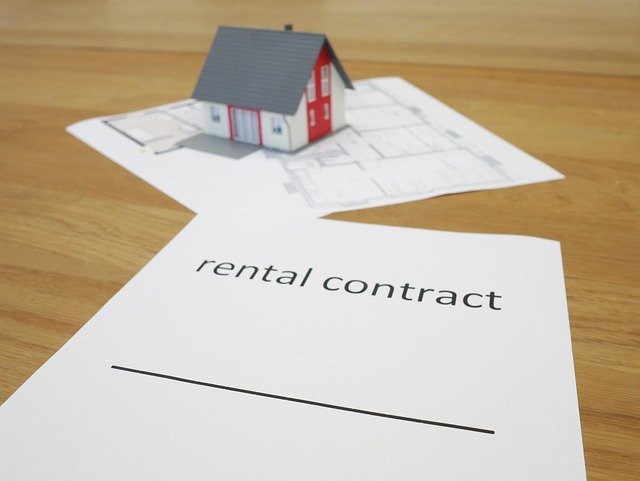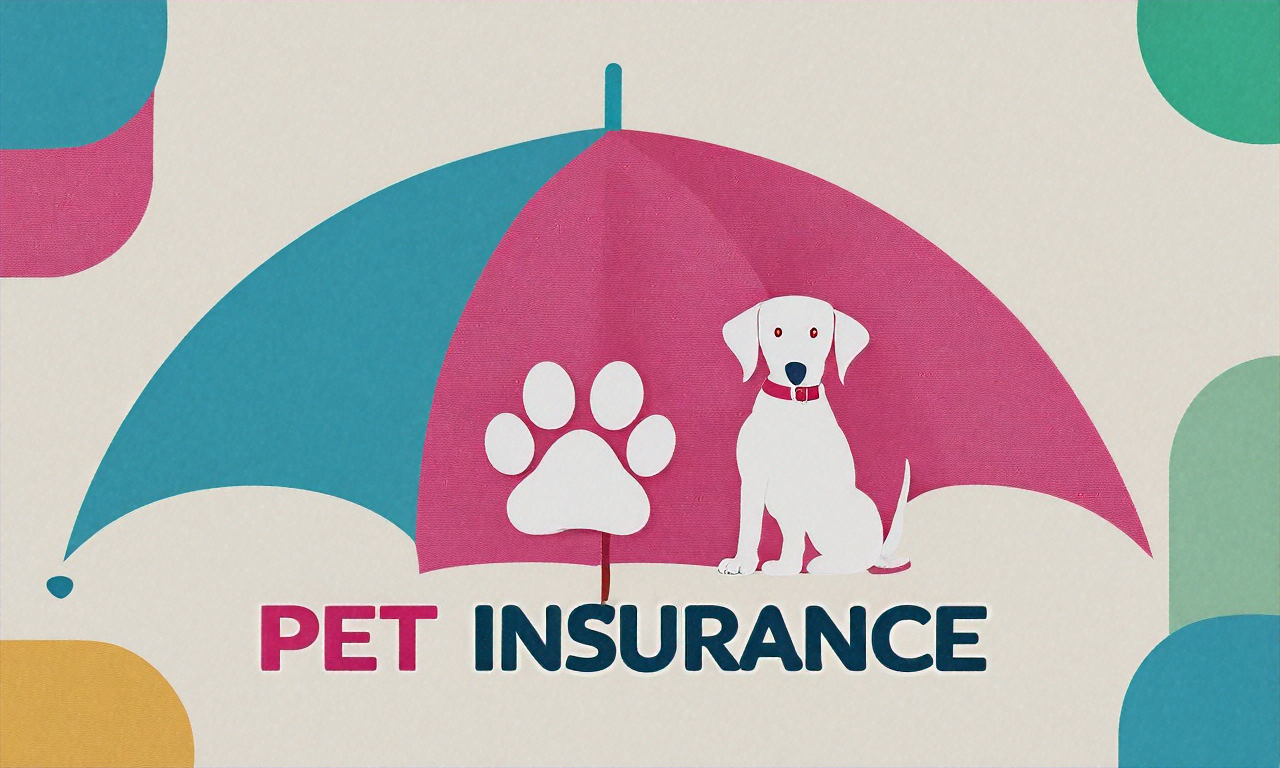Unveiling the Impact of Transit-Oriented Developments on Real Estate Markets
Transit-oriented developments (TODs) are increasingly influencing the real estate market. These mixed-use residential or commercial areas are designed to maximize access to public transport, often incorporating features to encourage transit ridership. The effect of TODs on property values, urban growth, and housing affordability is profound, offering a fresh perspective on real estate investment.

A Historical Overview of Transit-Oriented Developments
The concept of Transit-Oriented Developments emerged in the mid-20th century as a response to urban sprawl and the growing dependence on automobiles. TODs were envisioned to create sustainable, walkable communities that would reduce reliance on private vehicles, cut commuting times, and enhance the quality of urban life. Over time, these developments have become a key part of urban planning strategies worldwide, contributing significantly to the evolution of real estate markets.
The Current Scenario: TODs and the Real Estate Market
Today, the impact of TODs on the real estate market is more pronounced than ever. Properties located near transit hubs typically command higher prices due to their enhanced accessibility and connectivity. Moreover, TODs often attract businesses, leading to economic growth and increased job opportunities, which in turn boost property values. In cities like Denver, Portland, and Washington D.C., properties within a half-mile of transit stations fetch premiums of 10-25% over similar properties farther away.
The Strategy: Investing in Transit-Oriented Developments
Investing in properties located near TODs can yield substantial returns. However, this strategy also comes with its own set of challenges. High property values near transit hubs may lead to an affordability crisis, pushing low-income households further away from these areas. Additionally, the success of TODs largely depends on the efficiency and reliability of the public transport system, which may vary between cities and regions.
The Future: TODs and Sustainable Real Estate
As cities worldwide grapple with issues of congestion, pollution, and urban sprawl, TODs offer a sustainable solution. By promoting compact, mixed-use developments, TODs can contribute to lower carbon emissions, reduced traffic congestion, and enhanced urban livability. Consequently, real estate markets are likely to see a continued demand for properties within or near TODs.
Navigating the TOD-Driven Real Estate Landscape
Transit-oriented developments are redefining the real estate landscape, offering unique opportunities and challenges for buyers, sellers, and investors. As TODs continue to shape urban growth and property values, staying informed about these trends can help stakeholders make informed decisions and maximize their real estate investments.




